
|
ECGbook.com Making Medical Education Free for All |
Upload ECG for Interpretation |

|
ECGbook.com Making Medical Education Free for All |
Upload ECG for Interpretation |

Cardiomyocytes of the working myocardium
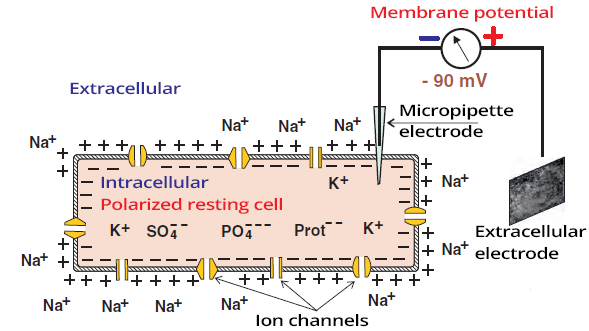
Cardiomyocyte and Resting Membrane Potential

Resting Membrane Potential
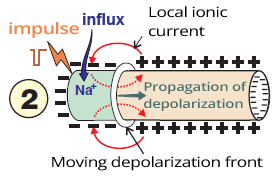
Depolarization

Depolarized Cardiomyocyte
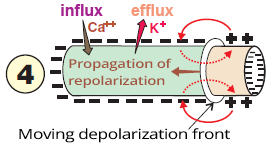
Repolarization

Resting Membrane Potential
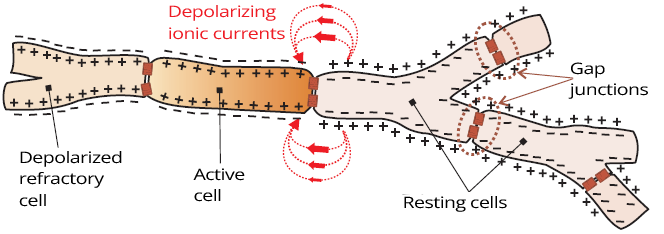
Cardiomyocytes of the Working Myocardium

Working Myocardium
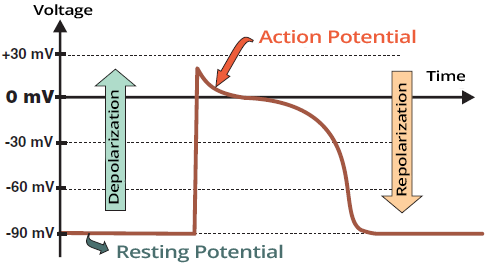

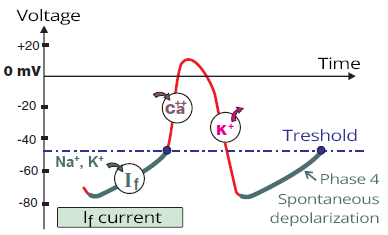

Stimulation of the SA Node
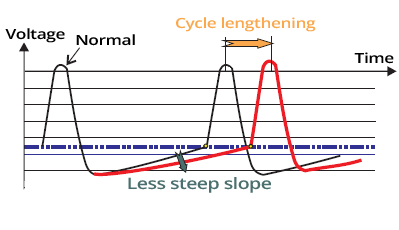
Inhibition of the SA Node
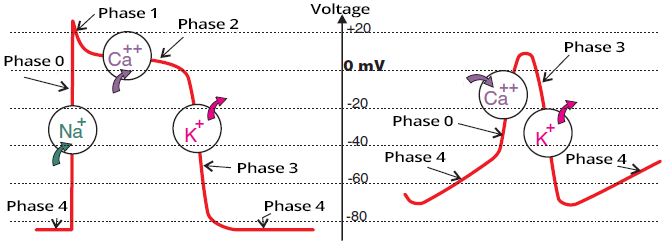
Action potential in
working myocardium
Action potential in
SA node

Action Potential in Various Parts of the Heart


ECG (lead V6) and Action Potential
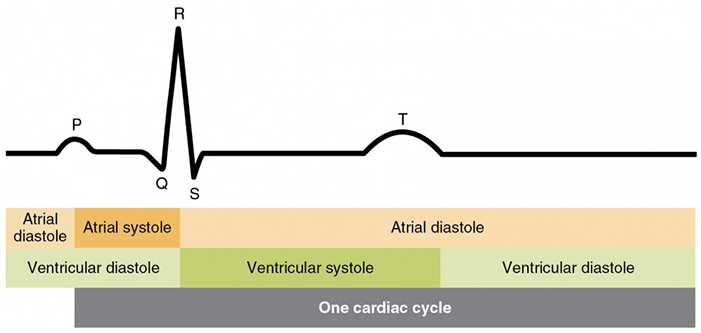
ECG and Cardiac Cycle
Sources

Cardiomyocytes of the working myocardium

Cardiomyocyte and Resting Membrane Potential

|
Resting Membrane Potential
|

|
Depolarization
|

|
Depolarized Cardiomyocyte
|

|
Repolarization
|

|
Resting Membrane Potential
|

Cardiomyocytes of the Working Myocardium

Working Myocardium

|
|
|

|

|
|

|
Stimulation of the SA Node
|

|
Inhibition of the SA Node
|

|
Action potential in
|
Action potential in
|

Action Potential in Various Parts of the Heart
|

|

ECG (lead V6) and Action Potential

ECG and Cardiac Cycle
Sources